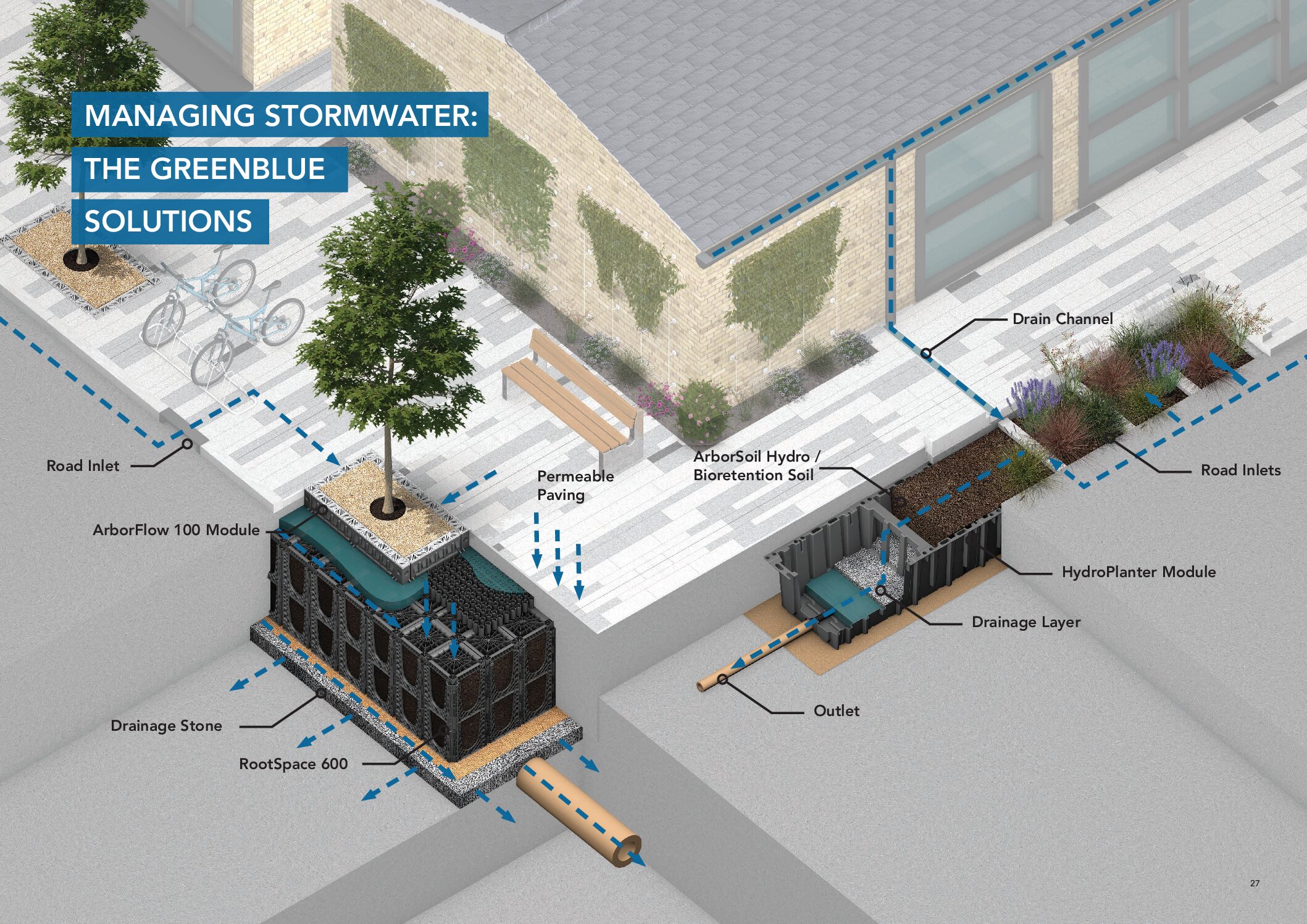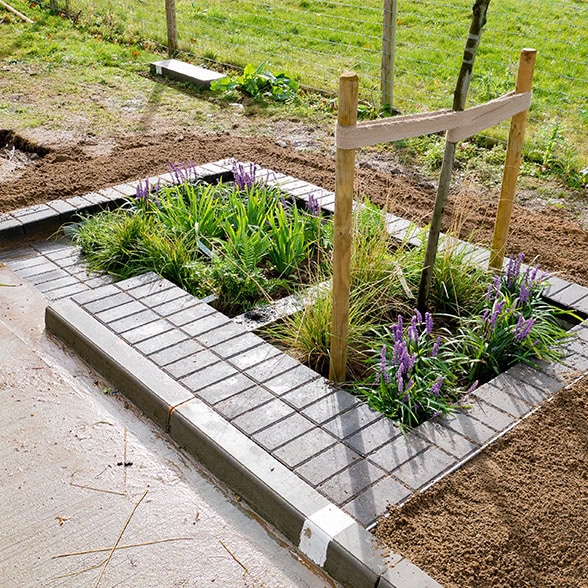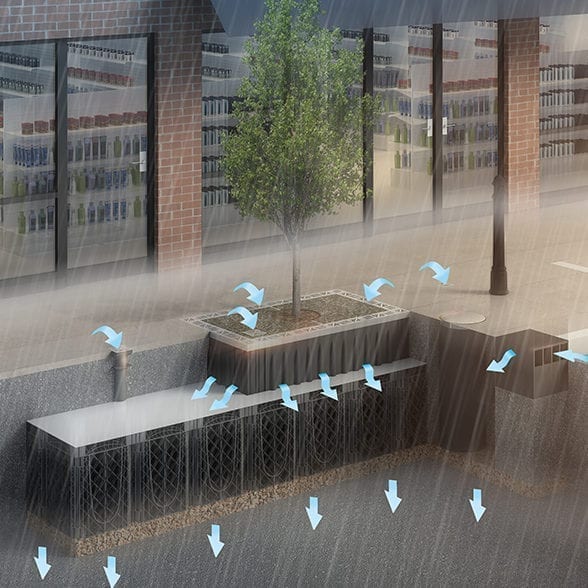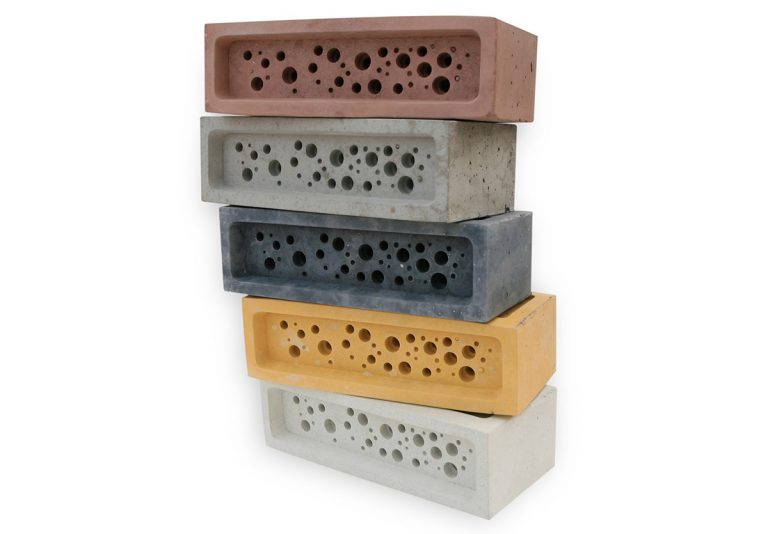A modular rain garden system

Problem Addressed
This solution was sourced in response to UKGBC’s Innovation Challenge: “How can existing buildings be made more resilient to climate change, with as little disruption to their occupants as possible, by 2030?”
This solution aims to reduce downstream flooding, free up capacity within our surface and combined sewer network, and effectively treat water within medium and low risk areas.
Verification & Case Study
The effectiveness of a proprietary SuDS system can be simply verified by building the appropriate solution into a hydraulic modelling program such as MicroDrainage. There are also additional benefits which are not so easy to put a tangible number to such as the ecological and aesthetic benefits of a well-designed piece of Green Infrastructure. Very few other elements within our public realm improve over time and bring exponential benefits to our communities.
Case study: The HydroPlanter was chosen as a solution in Grosvenor Yard Car Park in Newmarket to deal with an attenuation requirement of 33 cubic meters based on a 1:30 year event. Cheryl Froud from West Suffolk County Council, complemented the final look of the scheme and recommended for future use. Cheryl highlighted: “They have made the car park more appealing, broken up all the tarmac etc.”


Facts and Figures
This page presents data, evidence, and solutions that are provided by our partners and members and should therefore not be attributed to UKGBC. While we showcase these solutions for inspiration, to build consensus, and create momentum for climate action, UKGBC does not offer commercial endorsement of individual solutions. If you would like to quote something from this page, or more information, please contact our Communications team at media@ukgbc.org.
Related
Bricks providing habitats for bats

Bricks providing nesting site for solitary bees

Planters enhancing biodiversity

Vacuum drainage toilets

